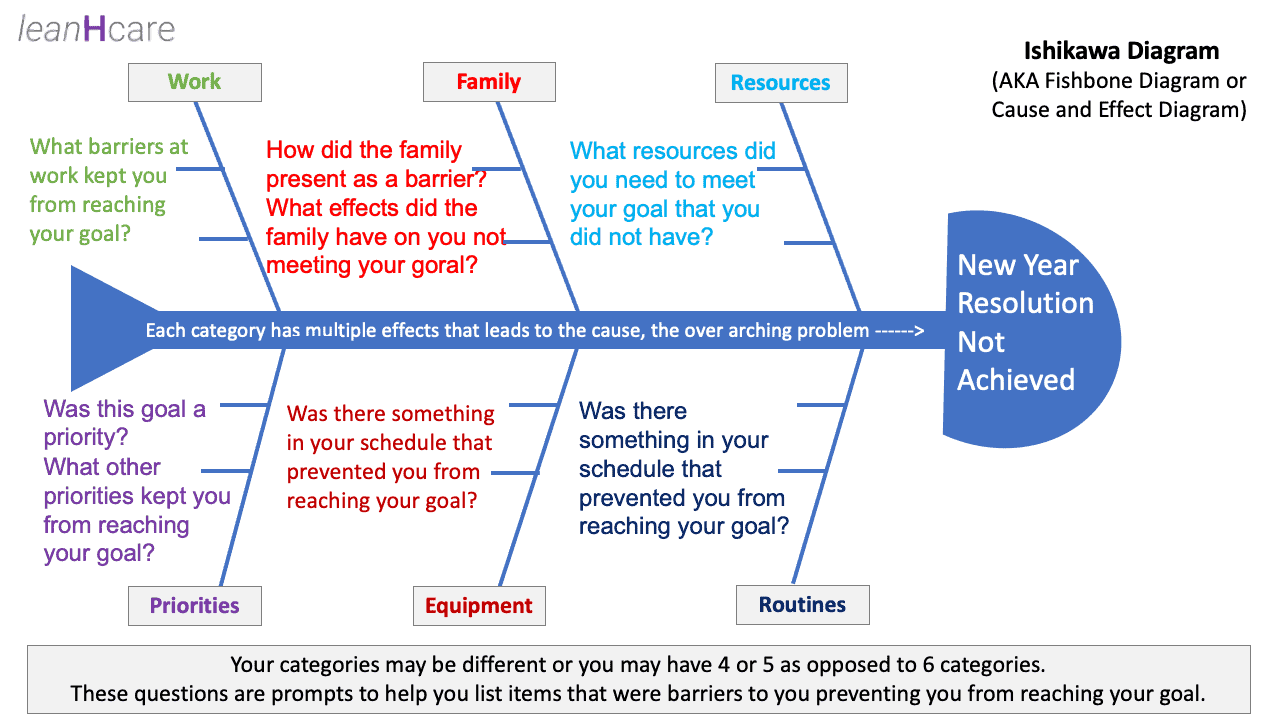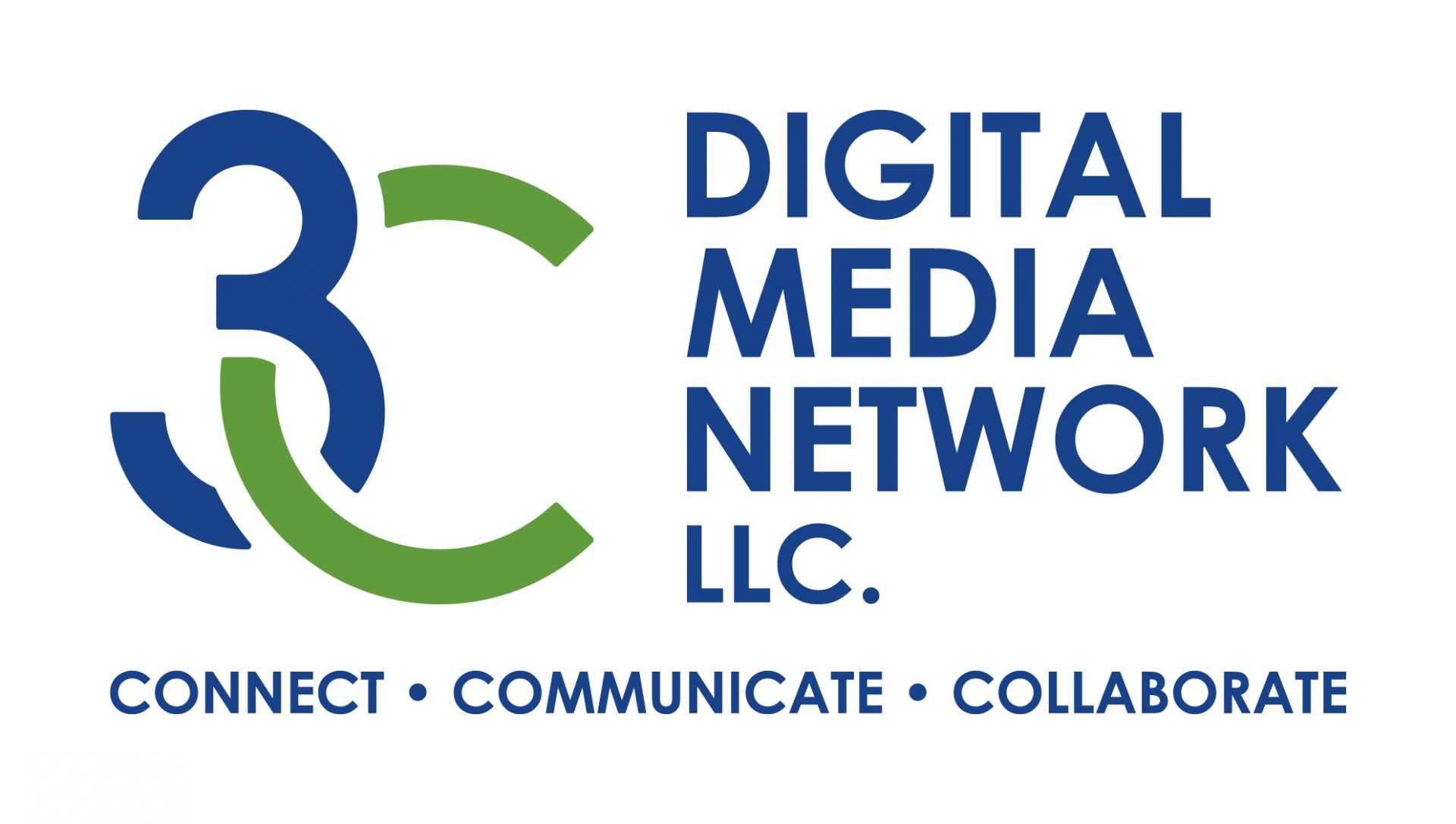Read time: 4 minutes
leanHcare
Dedicated to helping you learn to use quality/process improvement methods and tools in all aspects of your life from work to your personal life.
This week's example is focusing on a 4,000 year old problem - Reaching your New Year Resolution Goal!
This week's example is focusing on a 4,000 year old problem - Reaching your New Year Resolution Goal!
Download your free tool
'Achieving Success' Guide
'Achieving Success' Guide
First, Study the Problem!
1. History of the New Year Resolution
2. Explore what is happening externally that is impacting you in meeting your New Year Resolutions
3. Now take a look internally to see what barriers you are personally facing
Process Improvement Tool 1 Example: 5Whys
Process Improvement Tool 2 Example: Ishikawa Diagram

4. Summarize what you know about your problem in one sentence: Create your 'Problem Statement'
Identify Your Small Change
Now, Let's Do It! Create your plan to reach your New Year Resolution goal
Take-Aways
- Bradham, TS. (2021). Stop. Drop. Think. leanHcare. Retrieved 3 January 2022, from https://www.3cdigitalmedianetwork.com/blog/leanhcare-stop-drop-think
- Legal Aid At Work. (2022). COVID-19 FAQ - Legal Aid at Work. (2022). Retrieved 3 January 2022, from https://legalaidatwork.org/factsheet/covid-19-faq/
- OECD. (2021). Supporting livelihoods during the COVID-19 crisis: Closing the gaps in safety nets. (2022). Retrieved 3 January 2022, from https://www.oecd.org/coronavirus/policy-responses/supporting-livelihoods-during-the-covid-19-crisis-closing-the-gaps-in-safety-nets-17cbb92d/
- Pruitt, S. (2020). The History of New Year’s Resolutions. Retrieved 3 January 2022, from https://www.history.com/news/the-history-of-new-years-resolutions
Please share our post!
Download your Achieving Success Guide Here
You CAN eliminate a 4,000 year old problem!
Based on science and used across the globe, you can now use this simple method and these tools to meet your New Year Resolution.
Spend your ENERGY on what matters!
Download your FREE Achieving Success Guide Today!
Spend your ENERGY on what matters!
Download your FREE Achieving Success Guide Today!
Subscribe to leanHcare
Tamala S. Bradham, Ph.D., DHA, CCC-A, CPPS, CPHQ
For 25 years, Dr. Bradham’s career has always centered on developing and implementing new, innovative service delivery models to improve care delivery.
As a clinician, researcher, published author, and professor, she is a multi talented and multifaceted leader that inspires those around her to deliver best practices based on the current state of knowledge, explore opportunities to improve service delivery, and innovate solutions for the tomorrow.
As a partner with 3C Digital Media Network, Dr. Bradham will connect people with great talents and knowledge to the network, collaborate with others to improve and develop oneself, and communicate with genuine passion and transparency.
Write your awesome label here.

